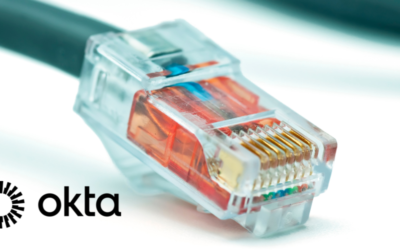Apple is releasing a new macOS, called Big Sur (11.0.1) this week. ITS has been testing the beta versions of the operating system to ensure compatibility with university applications. Thus far we’ve identified FortiClient, W&L’s VPN solution as the only application that presents conflicts and/or issues with the new OS. All other university applications appear to be functioning properly within Big Sur.
What is changing?
Most of the changes to macOS Big Sur are in the appearance and function of Apple specific applications, in anticipation of their transition to Apple Silicon in new releases of Apple devices. If you want a preview of changes, visit the Apple website.
Upgrading to Catalina (10.15) last fall required a system check to determine if your machine was running 32-bit applications that would conflict with the upgrade. This operating system does not have similar “gotchas”.
What ITS has done?
Beta versions of the OS presented issues with Box Drive and network printing. ITS has tested the final version and those specific issues seem to have been resolved.
What systems can upgrade?
The list of Mac models that are compatible with macOS Big Sur are below. If your Mac isn’t on the list, you’ll stop receiving major software updates. This includes updates to core apps like Safari and Mail.
- MacBook Air (2013 and newer)
- MacBook Pro (late 2013 and newer)
- MacBook (2015 and newer)
- iMac (2014 and newer)
- iMac Pro (2017 and newer)
- Mac mini (2014 and newer)
- Mac Pro (2013 and newer)
If you are on High Sierra (10.13.6) or older, you will no longer be receiving security updates, and should upgrade to either Mojave (10.14.6), or Catalina (10.15.7), as they will continue to receive security patches (Mojave through next fall, Catalina, fall 2022).
Older computers won’t get upgrades, but will get security patches and macOS updates (Mojave through fall 2021, Catalina through fall 2022) if they are running one of those two operating systems. Any macOS older than Mojave needs to upgrade their macOS to one of those three (Mojave/10.14.6, Catalina/10.15.7, or Big Sur/11.0.1) to continue to receive security patches.
What should you do?
If you are already on Catalina (10.15.x), feel free to upgrade. If you are running earlier versions of the OS, please consult your ITS Client Services rep, as the upgrade can break applications that have 32-bit (rather than 64-bit) runtimes. Don’t know what that means? Please reach out to ITS and we would be glad to help.





